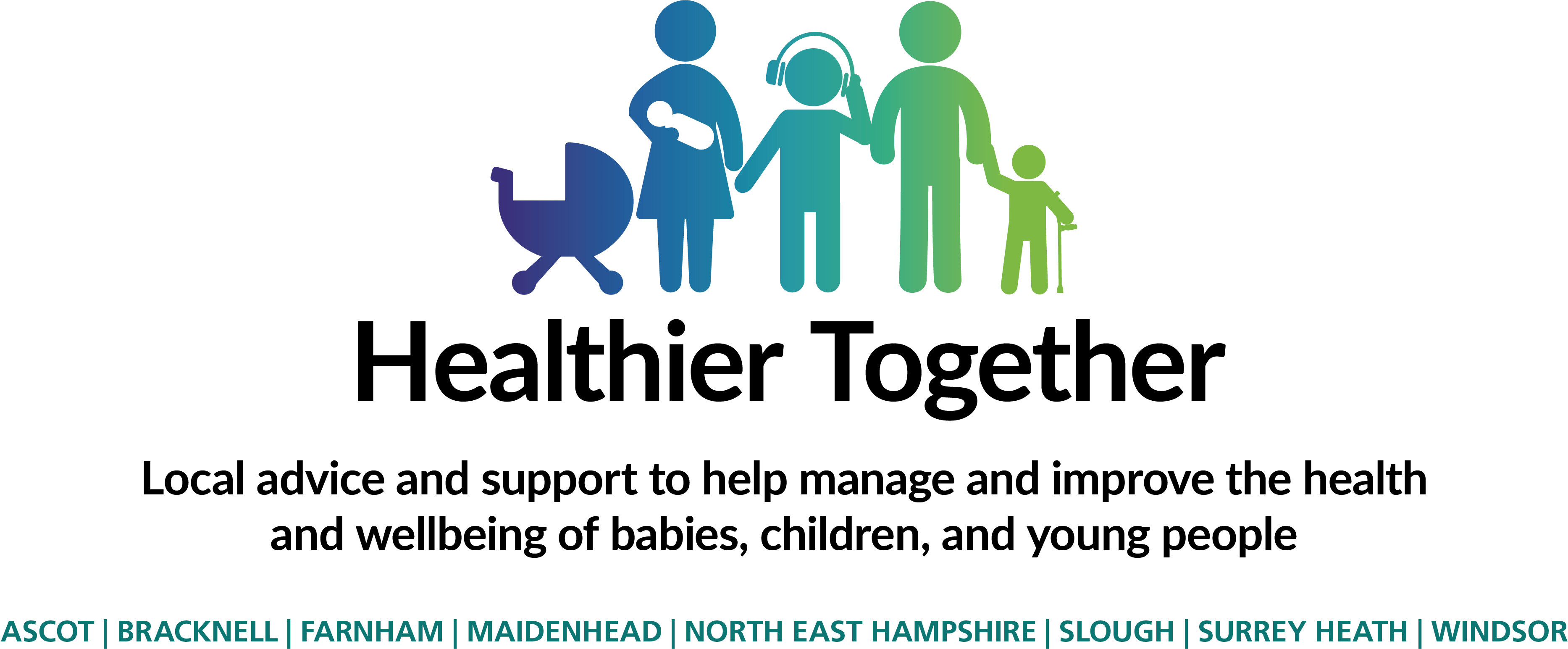Care of minor burns
The information below is to help manage your child’s burn and after care.
For any future burns, we recommend the affected area is immediately placed under cool running water for 20 minutes and seek medical advice if blistering occurs.
Surface (or superficial partial thickness) burns to the limbs and body will be dressed with an appropriate dressing. Dressings protect the injury and promote healing. Please keep the dressing clean and dry and leave in place unless otherwise advised.
Take pain killers such as paracetamol and/or ibuprofen regularly if it is painful, following the packet instructions. It is recommended to have pain killers 30 minutes before a dressing change to ease discomfort.
Elevation of the affected area, when possible, will also help relieve discomfort and reduce swelling.
The dressing typically needs to be changed twice per week until the injury is healed. The first change will occur in the Paediatric emergency department around 48hrs after the original injury. If healing well, further appointments should be made with your GP’s practice nurse.
To prevent infection, the dressing will require changing sooner if:
- Fluid seeps through the dressing
- It accidentally becomes wet/overly soiled
- It begins to peel or fall off
Concerns
The main complication of a burn injury is infection. Please seek medical advice early if your child experiences any of the following signs or symptoms:
- An offensive smell from the burn injury
- Redness/swelling/heat surrounding the burn injury
- Increasing discomfort after initial improvement
Please contact 111 or return to the Emergency department immediately if your child experiences any of the following:
- A high temperature (fever above 38 oC)
- Rash - appearing anywhere on the body
- Diarrhoea
- Vomiting
- Not drinking
- Not passing as much urine as normal
- “Not well”/”Not their usual self”
Returning to school/nursery and usual daily activities
· Your child may be able to return to school or nursery on restricted activities in agreement with staff and medical professionals whilst the burn is healing.
· Your child should be encouraged to keep active but should avoid sports or vigorous playtimes.
Nutrition
· Eating and drinking a well-balanced diet helps children to grow, stay healthy and heal after injury.
· Fluid can be lost from a burn so it is important to keep your child hydrated. Encourage regular drinks and be aware, as above if your child is drinking less or passing less urine.
After Care
- Once healed, moisturise the affected area regularly with a simple, non-perfumed moisturiser, to soften the skin, prevent dryness and reduce feelings of tightness.
- Once the dressings have been removed, your child can bathe again. Use a non-perfumed gentle soap at first.
- Avoid exposing the affected area to any direct sunlight for the first two years following injury, either by covering up with clothing or by using factor 50 sunscreen or sunblock. ·
- supportingchildrenwithburns.co.uk may be useful for some children/families to access after a burn.
If you have any concerns contact your GP or call 111.
Information within this leaflet references the London and South East Burns network ‘Caring for children with minors burns’, patient information leaflet, June 2017 (last accessed 22/02/23). Further information can be found at www.lsebn.nhs.uk.



